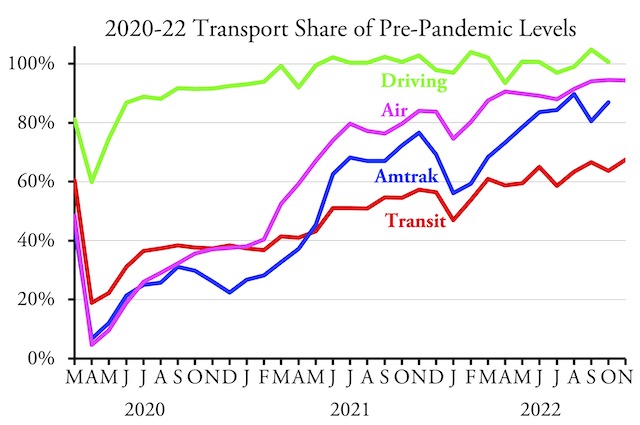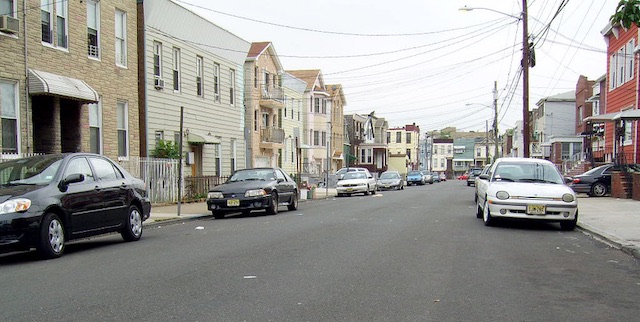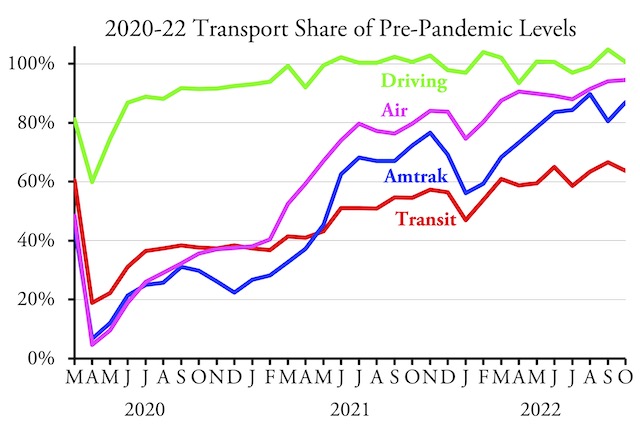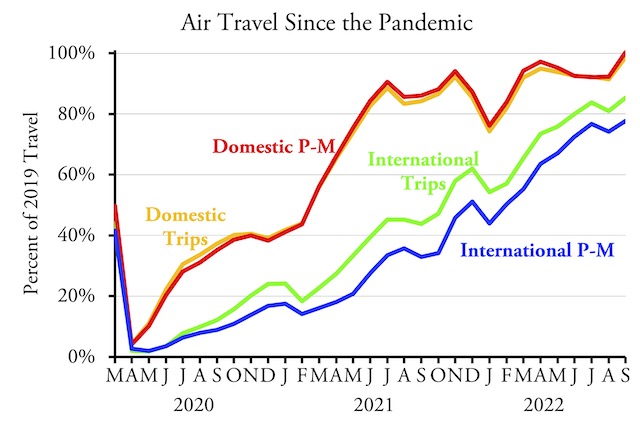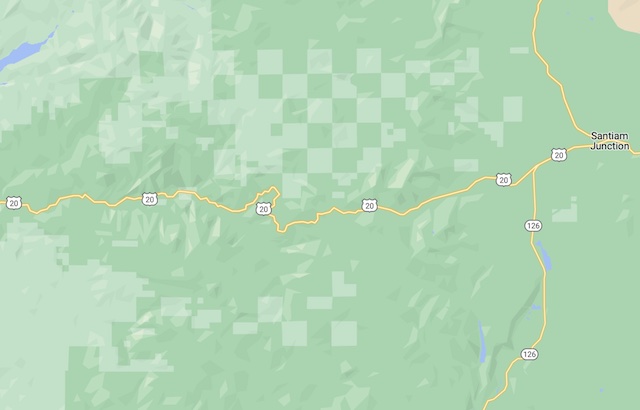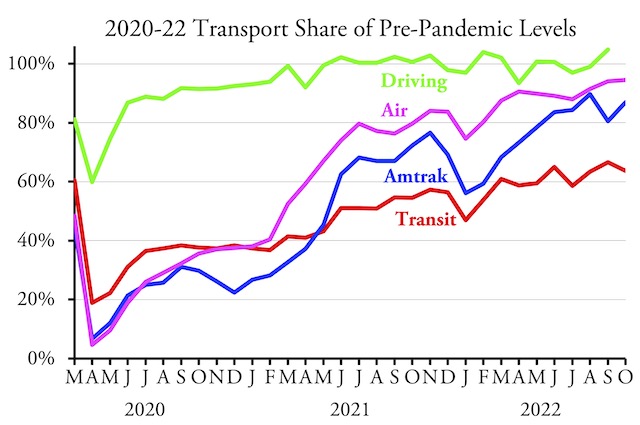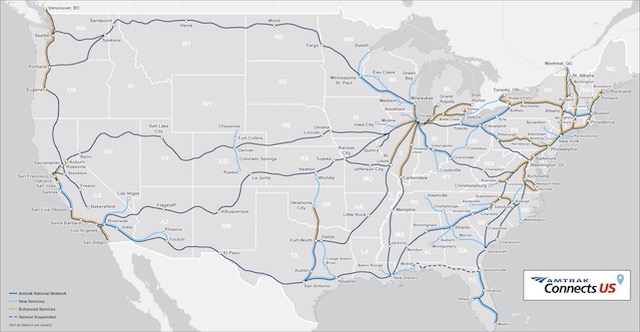Last Friday, the Bureau of Transportation Statistics, which keeps track of all kinds of transportation, released 2020 data on government revenues and expenditures in transportation. The new data, however, are based on a radically altered definition of revenues and should be rejected.
Under the Bureau of Transportation Statistics’ new definition of revenues, transit revenues more than tripled and highway revenues nearly doubled.
The agency has kept track of this information for many years, with revenues being recorded in table 3-32 and expenditures in table 3-35 of an annual report called National Transportation Statistics. In the latest tables, the numbers go back to 2007, but in earlier editions (such as the 1995 edition), they go back as far as 1980 (in five-year intervals). Continue reading


